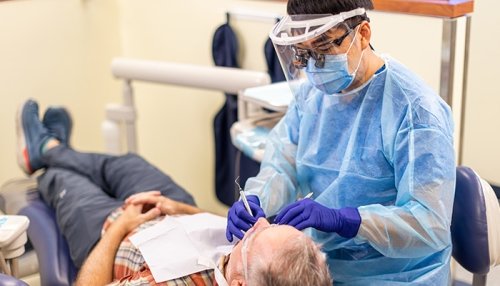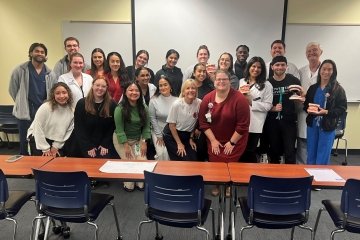Tooth Loss Creates Challenges but Prevention, Restoration Possible
Prevention strategies and restoration for people who suffer from tooth loss.

In the United States today there are more than 36 million Americans who do not have any teeth and 120 million Americans who are missing at least one tooth. This number is expected to increase in the next 15 years to more than 200 million Americans with partial tooth loss. In our elderly population, the ratio of individuals who have tooth loss is 2-to-1.
Tooth loss happens from decay, gum disease, injury, cancer, or simply wear. This can affect all people but impacts the most vulnerable population disproportionately, including the economically disadvantaged and elderly. Tooth loss can lead to harmful consequences and challenges. It can decrease our ability to chew properly as the remaining teeth begin to shift and change the way we bite our teeth together. Shifted teeth can also cause food particles to get easily trapped between the spaces making cleaning difficult, which can further gum disease and bone loss around teeth. More serious consequences of tooth loss include significant nutritional changes, obesity, diabetes, coronary artery disease, and some forms of cancer.
Tooth loss can be prevented with proper home care and regular visits to the dentist for cleanings and checkups. With teeth that have already been lost, replacement by prosthetic restoration becomes essential. There are removable and fixed dental prosthetic replacements based on the number and location of missing teeth, including complete or partial dentures, overdentures, bridges, and implant crowns.
Restoring lost teeth can be a lengthy process that requires commitment from both the patient and the dentist, but it can be a crucial step for improving your overall health. Tooth restoration can also positively impact your self-confidence, as our appearance plays a role in our lives both socially and psychologically. A thorough clinical examination and treatment of any underlying disease is essential before undergoing restoration of the missing teeth.
Sidharth Mohan, D.D.S., College of Dental Medicine-Illinois, Dental Institute.



